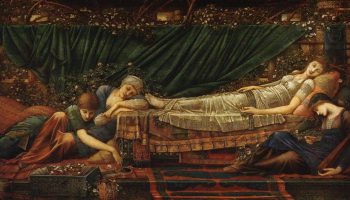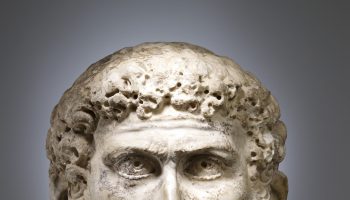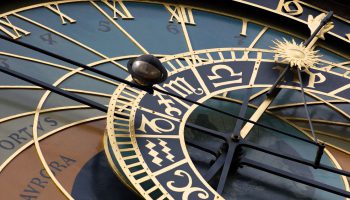For those of you who don’t know me personally, I am an American. Having just returned to the USA for work after an extended life abroad, this little fact is very much on my mind. My American-ness obviously passes without notice or comment on my current continent, but I was simply not accustomed to that in Europe. There, no matter how long I stayed, my nationality and accent always set me slightly apart.
Among my friends, my American-ness usually either went without comment or elicited a bit of gentle ribbing. It simply was one aspect of my life. But some of the most push-back that I fielded when living and working abroad had to do with my profession– and why I, as an American, chose it.
Essentially, some were surprised that an American would devote their life to the study of the medieval world.
Academics weren’t the culprits, if nothing else than because of tradition; today there are as many (if not more) American medievalists as there are European ones. American scholars have been among the leaders in the field ever since the field began.
But to some others there remains a certain confusion of why, in the great Venn Diagram of life, the “American” circle would overlap with the “medievalist” one.
America: A land without a Middle Age
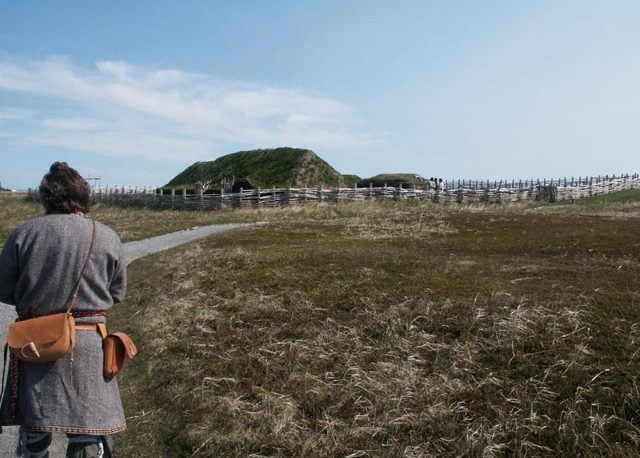
The confusion is understandable. Aside from a damp corner of Canada, there simply was no Middle Ages in North America. I am aware that this may be surprising or even controversial– even among historians– but it is important to recognize that “the Middle Ages” is not just a temporal category, but a geographically- and culturally-specific one.
The idea of the Middle Ages was conceived by Italian humanists in the fifteenth century as a way of setting themselves apart from what came before. They wanted to distance themselves from what (they argued) was a time of darkness that engulfed the gap between the glories of the Roman Empire and their glittering present in the fifteenth century. (This is, by the way, rubbish on a wide variety of levels but that is the topic of another post…)
And while there is argument over exact dates, causes and effects of the Middle Ages, contemporary historians usually maintain that same rough paradigm: the Middle Ages is bookended by the Romans and the Renaissance; between empire and nation, between the beginning of hegemonic Christianity and it’s fragmentation.
Defining the Middle Ages this way is different from simply saying “the tenth century AD”, which, though counted differently in each of the world’s calendars, provides a global chronology which is the same everywhere, more or less. But “the Middle Ages” is a term just as culturally to specific as “the Meiji period” in Japan or “the Vedic period” in India. Similarly, it is just as absurd to discuss the “Chinese Middle Ages” as it would be to discuss a “European Seven Warring States period”. Thus, there is no Middle Ages in the Americas, outside perhaps a fleeting Norse excursion in Vinland.
And it’s for that reason that I can understand why I often field puzzled looks at dinner parties where Europeans ask, “the Middle Ages? Why did you decide to study that?” It belies a feeling that the Middle Ages is theirs, not mine. In honesty, I suppose I might wonder the same question about an Indonesian person who was an expert in the American revolution.
But this mindset only illustrates just how ingrained in us is a nation-centric conception of history, and the peculiar limits of what is “our” history versus “your” and “their” history.
I recently attended a conference of history education scholars from around the world. And there, I was intrigued to find that one of their chief concerns, no matter what country they called home, was deconstructing the idea that history’s purpose ultimately is to socialise people into their particular nation. Many, if not most of the scholars there rejected wholly the idea that history’s purpose is to create good citizens who all think about history in roughly the same way.
I was raised in an educational system that privileged national history, but I can see the power and appeal of their idea. Who is to say that “our” history extends only to the history of our nation? Isn’t the history of all humanity all our history? Sure, we instinctively as human animals are inclined to care more about our kin-groups than those outside them. But extending this idea out to the nation is a far bigger sell. Nation-states have a very vested interest in inculcating a sense of collective identity and history in their populace. And they have done so by dictating education curricula, days of commemoration and other ways of rendering the past into a coherent identity. Thus, “our history” implicitly ends at “our borders” in the same way that “our land” and “our people”, and “us” do.
But is that wholly true of the Middle Ages in the USA? Is it really so true that the Americas are so devoid of the medieval? Americans have had, and continue to have a peculiar relationship with the Middle Ages that does not fit within the usual chronological or cultural.
Give us your poor, your tired, your medieval…
Part of the American love affair with the Middle Ages relates to a collective and individual desire among white American people to see themselves as a product of a complex immigrant past. In the USA as in across Europe there was a revitalization of interest in the medieval world at the end of the nineteenth century and in the beginning of the twentieth. In Europe this worked in tandem with nationalistic movements which used the Middle Ages to define new identities for themselves. Perhaps not coincidentally, this period also saw a significant influx of immigrants to the USA, and also heralded the birth of the mass media.
John D. Rockefeller and other industrialists of the early American twentieth century famously felt that America was devoid of “culture”, and so they looked to Europe in order to acquire some. In Rockefeller’s case, this led to the importation of significant portions of five medieval abbeys, which were reconstructed as The Cloisters on the northern tip of Manhattan (which I will be talking about at greater length in a few weeks). The result of this was not just to define an American identity, but to argue that America’s common heritage is a European, medieval one. This is obviously a complex and thorny issue that I will be exploring in the coming weeks. But the overarching point here is that even though the USA might be mostly-devoid of its own Middle Ages, it is replete with medieval art and architecture collected or shipped from Europe wholesale. The Cloisters in New York. Dunbarton Oaks in Washington, DC. The medieval manuscript collection at the Library of Congress. The Royal Armouries, USA (at the Frazier Museum in Louisville, KY).
Or the medievalesque imitators built here, made of stone, brick or plastic: The Chicago Water Tower. The Smithsonian Castle. Hearst Castle. The Biltmore Estate castle. White Castle. Cinderella’s castle.
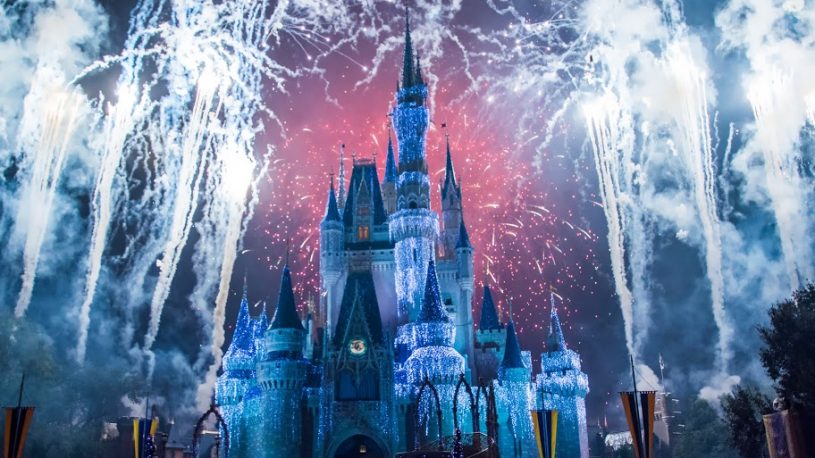
Add to those the thousands of churches built as imitators of European styles. And standing above them all, the National Cathedral, resplendent in its late-fourteenth century English Gothic style.
And those don’t even count the ways in which Americans most typically engage with the medieval past today: through reenactment, playful pastiche and popular culture. Faux-medieval Renaissance Faires. Medieval Times theme restaurants. HEMA groups. Films. TV shows. Video games. The SCA.
It may be odd to be a medievalist in America. But for a public medievalist, it’s just fine.
